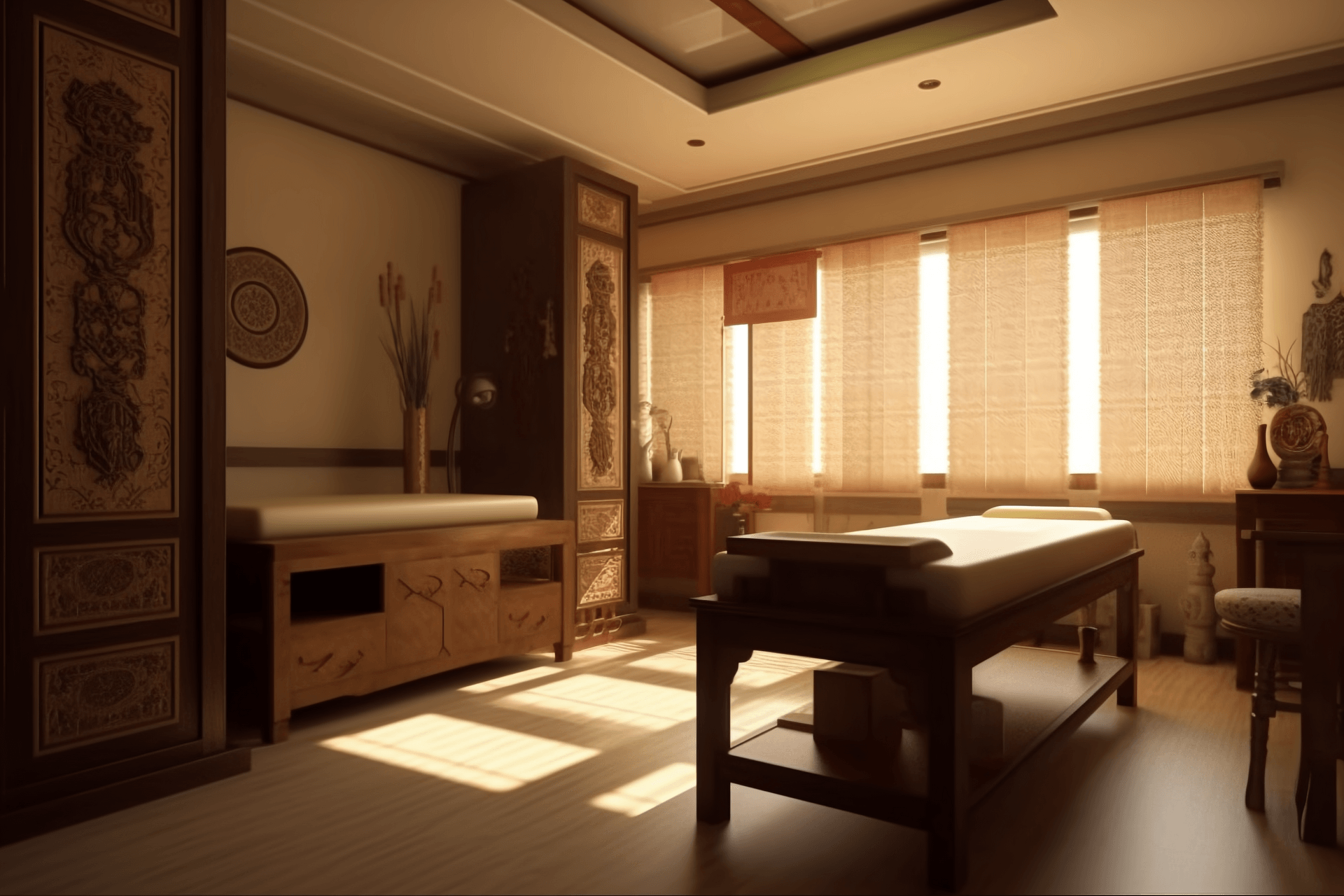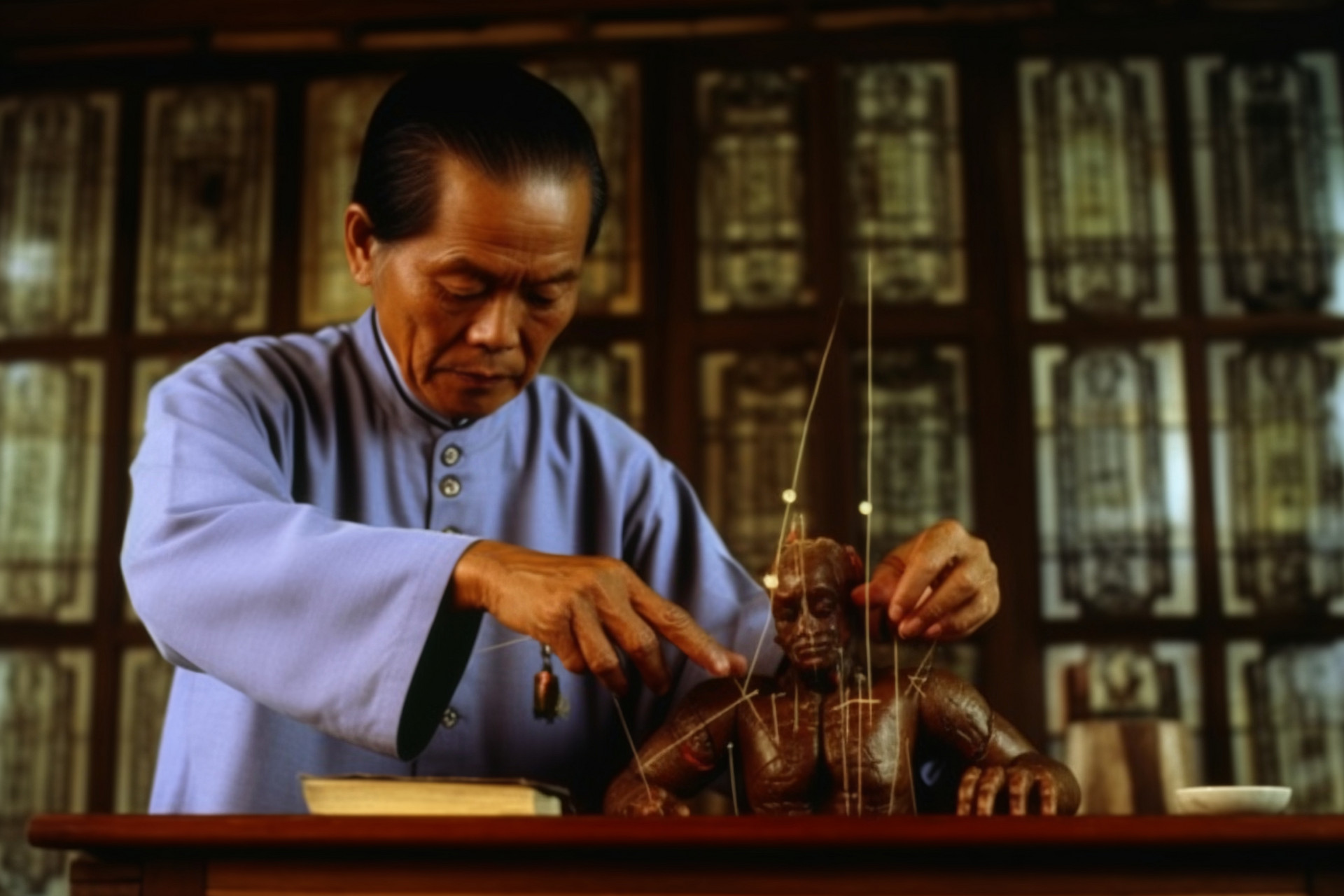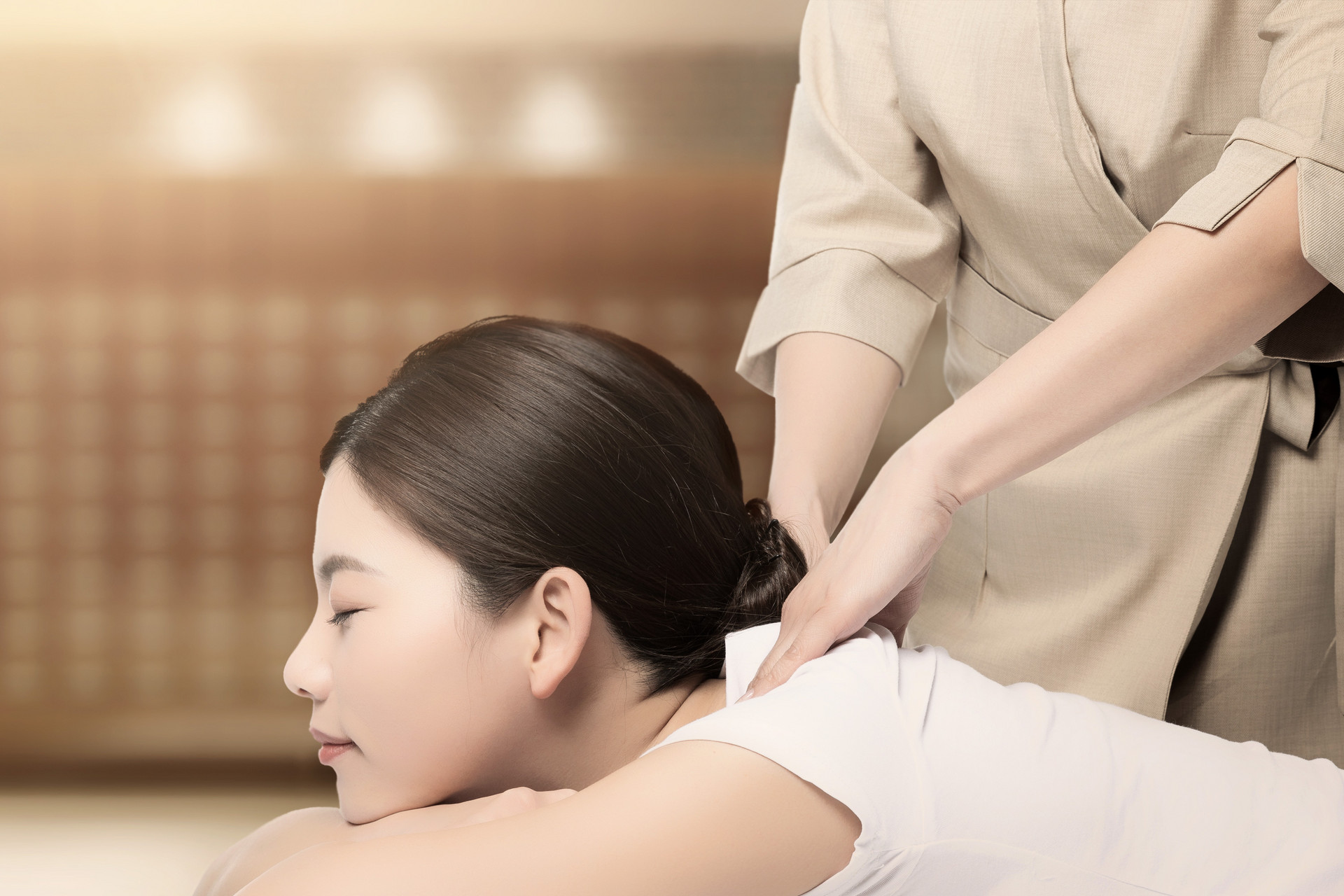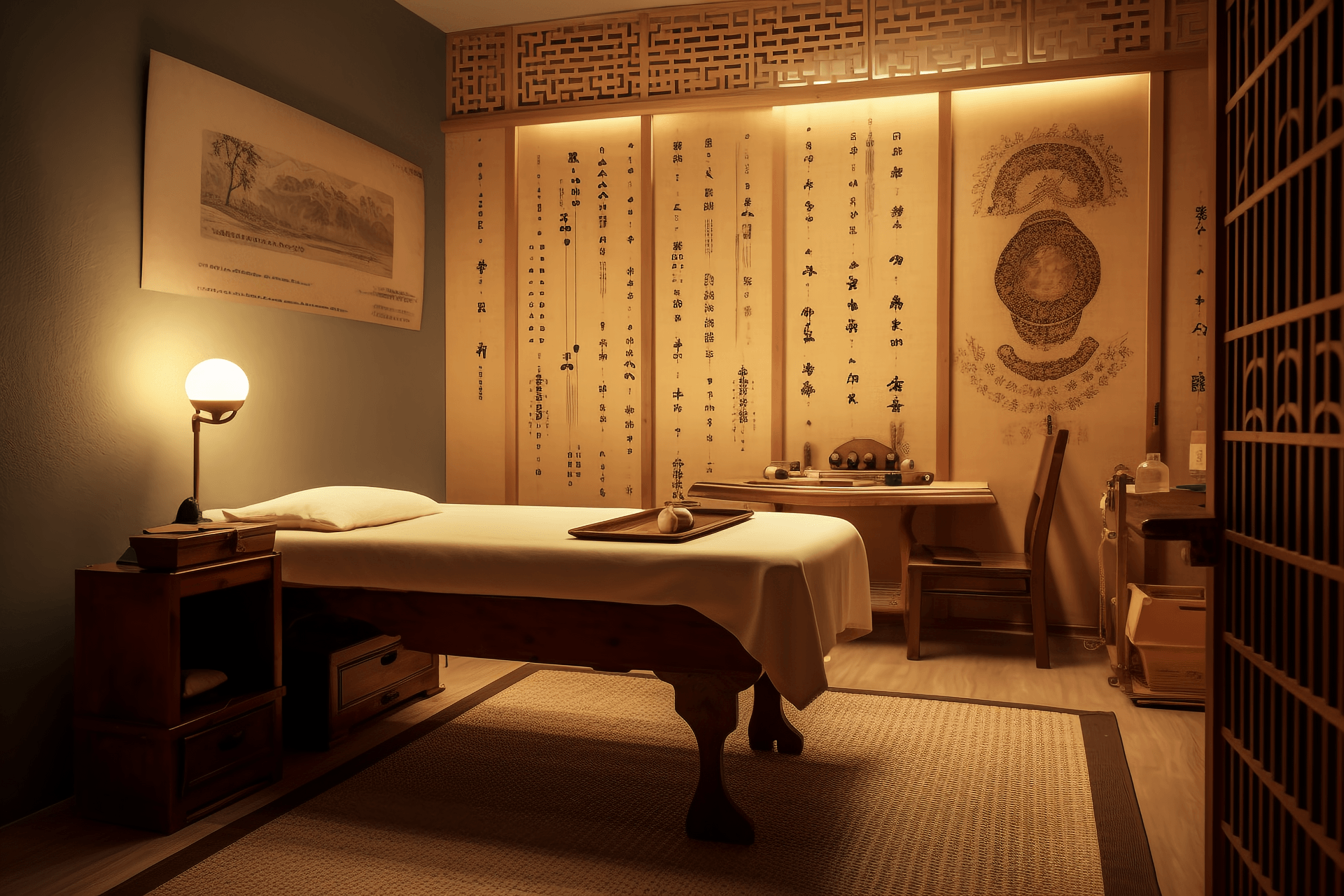Nasal acupuncture is a method of acupuncture that involves needling specific acupoints within the nasal area to treat various ailments, based on the connection between the organs and meridians. In the book "Ling Shu • Miscellaneous Diseases," it is mentioned that needling the nose can treat hiccups and sneezing. The book "Complete Compendium of Acupuncture and Moxibustion" documents the use of specific nasal acupoints to treat conditions such as nasal rosacea and nasal polyps. Nasal acupuncture is primarily based on the theory of "color diagnosis" in traditional Chinese medicine, which uses changes in the color of the nasal skin to diagnose and treat diseases. The "Ling Shu • Five Colors" states that "the five colors are determined by the Mingtang (the nose)..." and "...the Mingtang indicates the qi of the five organs." By observing changes in the color of the nose, one can determine which organ or viscera is affected. The "Plain Questions • Differentiation of the Five Viscera" states that "the five qi enter the nose and are stored in the heart and lungs." The "Complete Book of Ulcers and Sores" also states that "the nose is located in the middle of the face and is responsible for the circulation of blood throughout the body." This indicates the important role of the nose in the overall function of qi and blood circulation, as well as the connection between the nose and various organs and meridians. By needling specific acupoints in the nasal area, one can promote the flow of meridians, regulate qi and blood circulation, and treat diseases.
[Operating Method]
I. Distribution of Nasal Acupoints
Based on the description in the "Ling Shu • Five Colors" that "the Mingtang (the nose) is raised and straight in the middle, with the five organs located in the middle, and the six fu organs on both sides, with the Shoutian (the nasal vestibule) located above and the Wanggong (the nasal tip) located below," the nasal acupoints are divided into 3 lines and 23 stimulation areas.
1. Basic Nasal Acupoints
The midline of the face starts from the center of the forehead and ends above the nasolabial groove. There are a total of 9 acupoints (areas).
(1) Head and Face: The center of the forehead, the upper 1/3 of the line connecting the center of the eyebrow and the midpoint of the hairline.
(2) Throat: Between the head and lungs, the lower 1/3 of the line connecting the center of the eyebrow and the midpoint of the hairline.
(3) Lungs: Between the two eyebrows.
(4) Heart: Below the lung area, between the inner corners of the eyes.
(5) Liver: Below the heart area, on the midline of the nose at the highest point of the nasal bone, at the same level as the cheekbones.
(6) Spleen: Below the liver area, on the upper edge of the nasal septum.
(7) Kidney: At the tip of the nose.
(8) Anterior Yin (External Genitalia): At the end of the lower part of the nasal septum.
(9) Testicles (Ovaries): One area on each side of the nose tip.
The nostril line starts below the inner corner of the eye, close to the sides of the nasal bone, and ends at the lower end of the nasal wing. There are a total of 5 acupoints (areas).
(1) Gallbladder: Located on the outer side of the liver area, directly below the inner corner of the eye.
(2) Stomach: Located on the outer side of the spleen area, directly below the gallbladder area.
(3) Small Intestine: 1/3 of the way up the nasal wing, below the stomach area.
(4) Large Intestine: In the middle of the nasal wing, below the small intestine area.
(5) Bladder: At the end of the nasal wing wall, below the large intestine area.
The nasal side line starts from the inner side of the eyebrow, runs along the outer side of the bone, and descends outside the nostril line, ending at the outermost side of the nasal wing. There are a total of 9 acupoints (areas).
(1) Ear: At the inner side of the eyebrow, level with the lung area.
(2) Chest: Below the brow ridge, above the eye socket.
(3) Breast: Above the Jingming acupoint.
(4) Back of the Neck: Below the Jingming acupoint.
(5) Lumbar Spine: Outside the gallbladder area, below the outer lower part of the back of the neck area.
(6) Upper Limb: Outside the stomach area, below the outer lower part of the lumbar spine area.
(7) Hip and Groin: Outside, level with the upper part of the nasal wing, below the outer lower part of the upper limb area.
(8) Knee and Shin: Outside, in the middle of the nasal wing, below the outer lower part of the hip and groin area.
(9) Toe: Outside, at the level of the lower part of the nasal wing, below the outer lower part of the knee and shin area.
2. New Nasal Acupoints
(1) Hypertension Point: The center point of the eyebrows, also known as the Yintang acupoint.
(2) Lumbar Triangle: The center point is below the heart acupoint, along the lower edge of the nasal bone, and the points on both sides are below and outside the center point.
(3) Digestive Triangle: The center point is below the midpoint, and the points on both sides are outside and below the center point, forming a small isosceles triangle at the tip of the nose.
(4) Hypertension Point: Below the tip of the nose.
(5) Upper Limb Acupoint: Below the shoulder, arm, and elbow.
(6) Appendix Acupoint: Outside and above the nasal wing.
(7) Lower Limb Acupoint: The shin acupoint.
(8) Innovative Acupoint: Intersection point of a line connecting the upper edges of both nostrils and the midline of the nose.
(9) Additional Acupoint 1: Concave area along the inner edge of both nostrils.
(10) Additional Acupoint 2: From Additional Acupoint 1, along the inner line of the nasal wing, to the upper edge of the nostril.
(11) Zibao Acupoint: The nasal septum.











